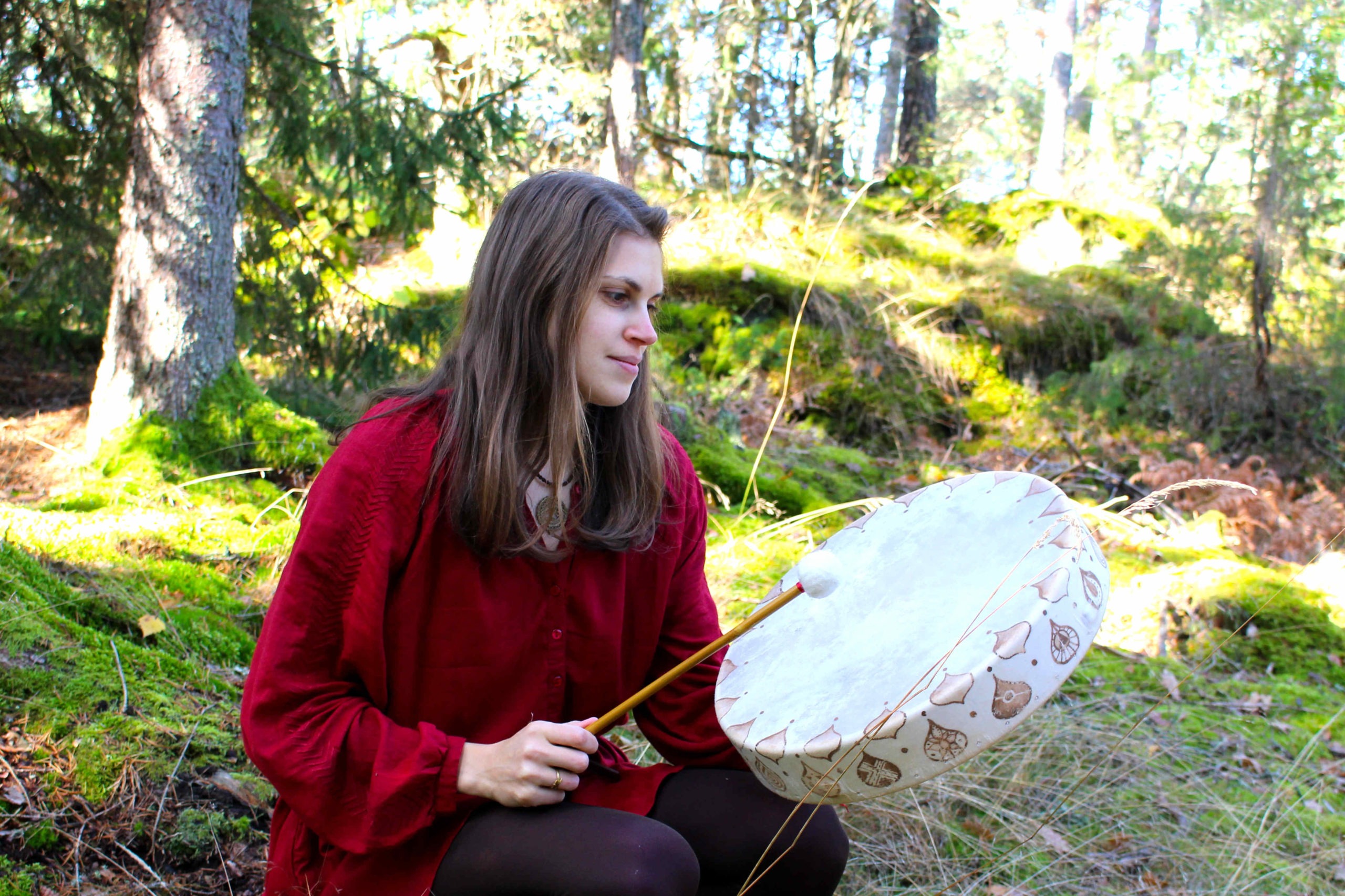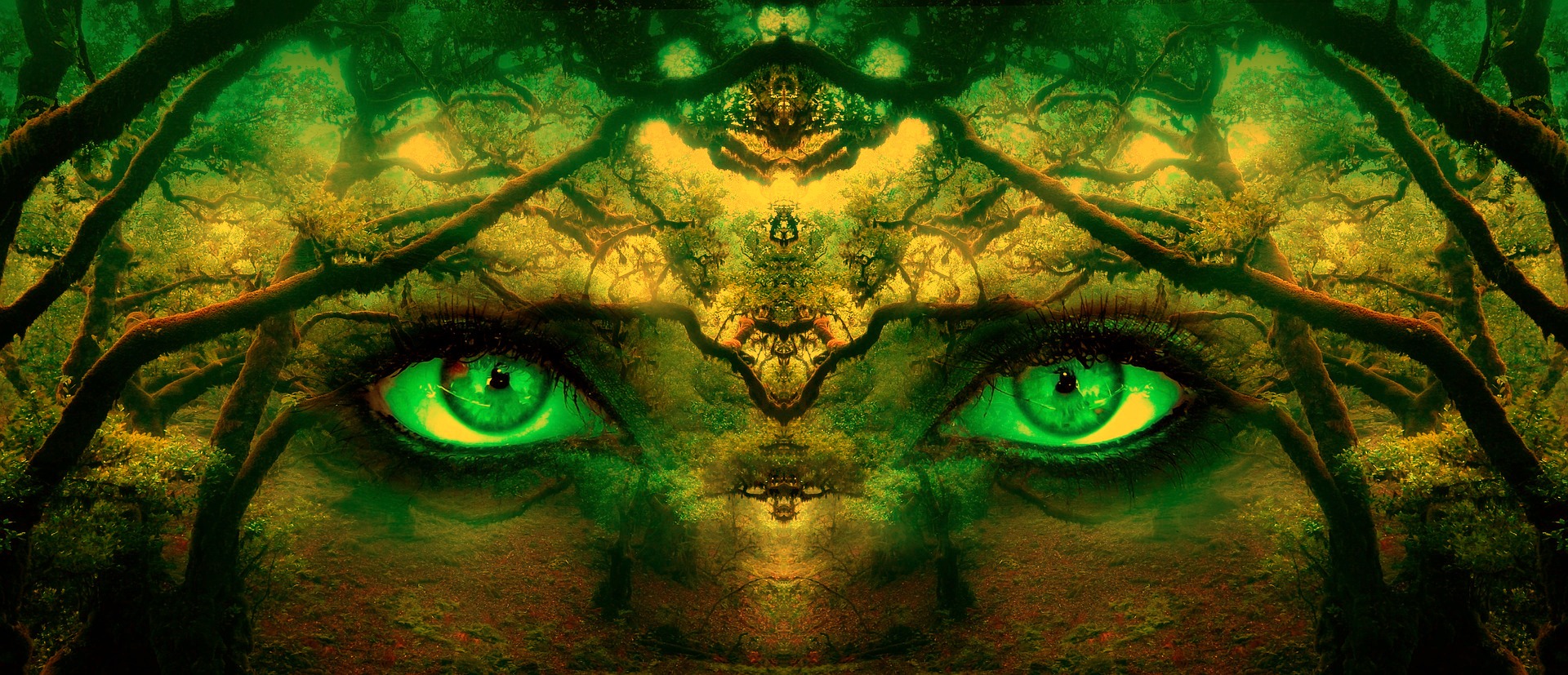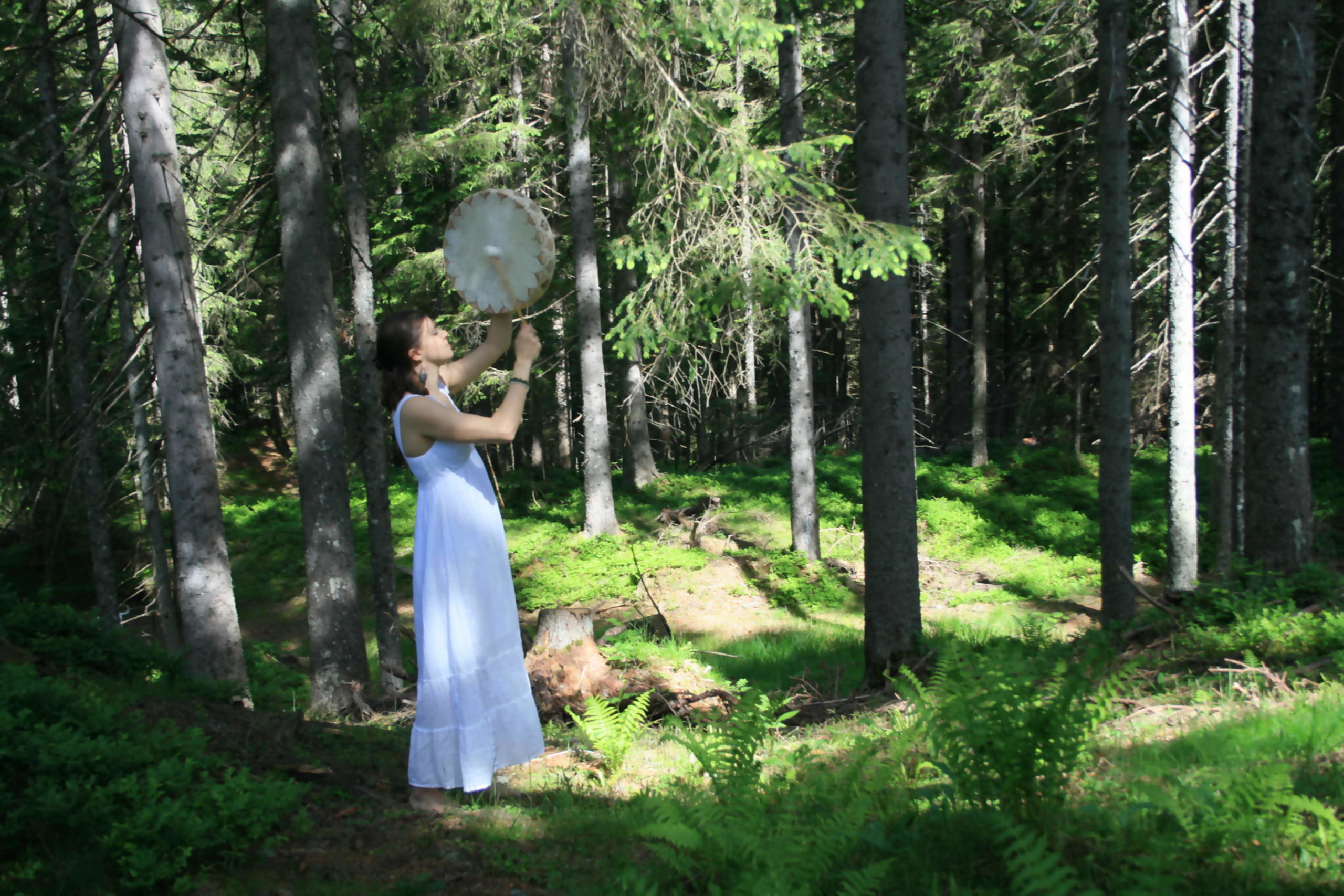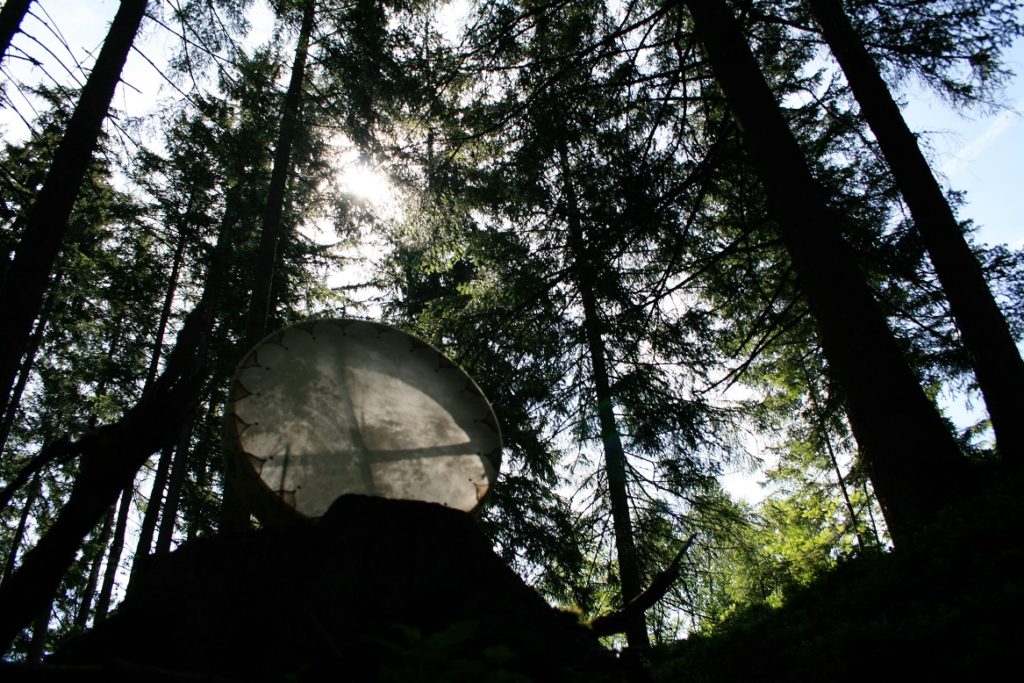Shamanism is the oldest healing method of mankind and has been practised worldwide for at least 40,000 years. At the same time, it is connected with a positive attitude towards life and an all-embracing world view. The term shaman is a word of the Tungusic languages from Siberia and means ‘someone who can see in the dark’. So the term shamanism comes from Siberia. Today, however, it is used for all practices that can be assigned to this ancient healing method.
Shamanism – One trunk and numerous branches
There are several traditions all over the world. So shamanism in Brazil looks very different than in Mongolia. But all country-specific practices have a common core. The work is always the same, only the ritual forms look different. The healing traditions have developed independently of each other worldwide and still have the same core. This also illustrates the effectiveness of shamanic methods.
Shamanism today
Holistic medicine is on the rise and therefore the importance of shamanism is recognized again. The shamanic healing path is increasingly gaining acceptance – especially for psychological, psychosomatic and chronic ailments. The WHO (World Health Organisation) recognized the importance of shamanism in the treatment of psychosomatic diseases (mental imbalances affecting the body). In 1980, shamanism was therefore put on the same level as orthodox medicine in that matter.

What is Core-Shamanism®?
Today we hear mainly about Core-Shamanism®. This is a collection of shamanic methods by the American anthropologist Michael Harner. He compared shamanic traditions worldwide and filtered out the commonalities. These he processed to a holistic approach and thus created Core Shamanism®. Harner collected these basic principles so that we can use them in our modern world. Core-Shamanism® is not defined by ethnicity or a group. They are isolated techniques that can be used by anyone.
The work of a shaman
A shaman is a man or woman who gets into a trance state and travels to the other world. There they ask for help for themselves or a client. They work closely with their power animal, spiritual teachers, and different spirits. The Otherworld is a parallel world to our reality, in which spirits, lost souls and all kinds of other spirits live. Frequent tasks are the retrieval of lost soul parts, removal of foreign energies, cleaning of aura and rooms, performing ceremonies (e.g. shamanic wedding) and cord-cutting.
The magic of trance
To get into a trance, shamans use different methods (drum, dancing, plant extracts…). Trance is a state in which the brain waves are slowed down and one is more receptive and sensitive to energies. Anyone can fall into trance. Through meditation, one can reach the same state. It is a state between waking and sleeping. I am aware of my surroundings and can also act, but I am at a deeper level than when I am awake. This enables me to fully use my creativity, sensitivity, and imagination.

The shamanic worldview
Shamanism has not been invented. It arose quite naturally out of the close connection to nature. We are one with nature. You are part of the universe and at the same time, you carry the whole universe within you. We are all part of the primordial soul and this soul flows through everything on our planet. You can feel this universal connection clearly through shamanism. The same life force (Prana) flows through everything and connects everything. Shamanism goes beyond the boundaries of duality. It is nothing new, it is merely a remembrance – a return to our ancient roots. We have never been separated from them, we just can’t feel them anymore due to our modern, lulling lifestyle. Everything happens for a reason and that is good. You create your life experience 100% by yourself.
Why are there so many shamans nowadays?
Nowadays you hear again and again that someone calls himself a shaman. But I see this matter very pragmatically. For me, a shaman is a person who is integrated into a community and takes clear roles there. In the past shamans were not only active as healers but also as a doctor, storytellers, ritual leaders and much more. Persons who work with shamanic methods but are not integrated into a community I call shamanic practitioners. I would call myself a shamanic practitioner.
The future of shamanism
Shamanism is ancient. The methods have been passed down from generation to generation and have survived until today because they work. They were used to solve problems. We, the humans, have developed a lot. We are the first generation that enjoys a very high-level comfort and yet, problems keep appearing. This is where shamanism comes in. I see a bright future for the techniques of shamanism and the worldview behind them. Our world is currently undergoing major upheavals. Shamanism can help us to ascend to a higher level of consciousness and grow beyond our limits. By the way, we set these limits for ourselves – through convictions and the collective consciousness. But it is time for a transformation. It is happening whether you want it to or not. So take the chance and flourish in this time of change!

Curious?
Does the shamanic approach appeal to you? I offer shamanic weddings, shamanic healing sessions and shamanism courses. I am looking forward to hearing from you!
Names that you will come across
Carlos Castaneda
was a Peruvian (later US) ethnologist and studied the indigenous peoples of Mexico, the use of medicinal plants, lucid dreaming, altered states of consciousness and magic (as he called it). Today his works are viewed with great skepticism, as it has been proven that he did not conduct field research but rather literature analyses of occult books. https://en.wikipedia.org/wiki/Carlos_Castaneda
Michael Harner
was a US-American anthropologist and so to speak the forefather of modern shamanism research. He compared shamanic traditions worldwide and found interfaces. From this, he created the so-called Core-Shamanism: Universal Techniques of Shamanism for the modern man. https://en.wikipedia.org/wiki/Michael_Harner
Alberto Villoldo
is a Cuban (now US) psychologist who is studying neo-shamanism. Among other things, he has studied the effects of energy healing on the blood and the chemical processes in the brain. https://en.wikipedia.org/wiki/Alberto_Villoldo
Mircea Eliade
A Romanian religious scholar who has studied not only shamanism but also the other two great transformational traditions, alchemy, and yoga. Eliade conceived that shamanism is a worldwide spread original phenomenon of human religiosity. https://en.wikipedia.org/wiki/Mircea_Eliade
Mihály Hoppál
A Hungarian ethnologist who is mainly concerned with the cultural integration of shamanism.

